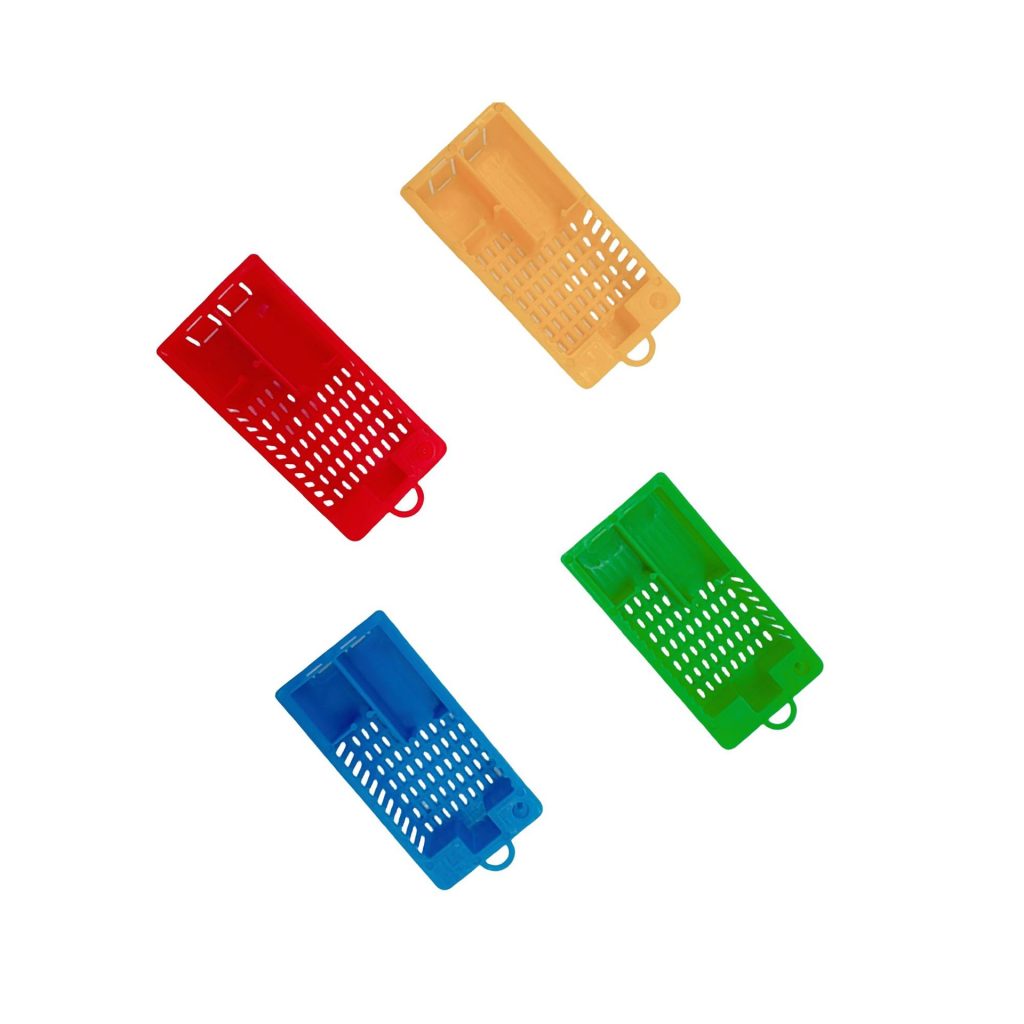A queen bee excluder is an essential tool used in beekeeping to manage the hive’s structure and productivity. Understanding what a queen bee excluder is and how it functions can greatly enhance your beekeeping practices and ensure a successful honey harvest.
A queen bee excluder is a mesh or grid-like device placed between the brood box and the honey supers in a beehive. The primary purpose of a queen bee excluder is to prevent the queen bee from accessing the honey supers, where honey is collected for harvest. By using a queen bee excluder, beekeepers can ensure that the honey stored in the supers is free from brood, which consists of eggs, larvae, and pupae.
Typically, a queen bee excluder is made from either plastic or metal. Plastic queen bee excluders are lightweight and resistant to rust, while metal queen bee excluders are known for their durability and strength. Both types have their own benefits and are chosen based on the beekeeper’s preferences and hive conditions.

The design of a queen bee excluder features holes or slots that are large enough for worker bees to pass through but small enough to prevent the larger queen bee from moving between the brood box and the honey supers. This design ensures that the queen bee remains in the brood area, allowing worker bees to continue gathering nectar and storing it in the supers without the risk of contaminating the honey with brood.
In summary, a queen bee excluder is a vital component in beekeeping that helps maintain the purity of honey harvested from a hive. By preventing the queen bee from laying eggs in the honey supers, a queen bee excluder ensures that the honey remains uncontaminated and ready for collection. Understanding the function and benefits of a queen bee excluder can help beekeepers manage their hives more effectively and produce high-quality honey.

